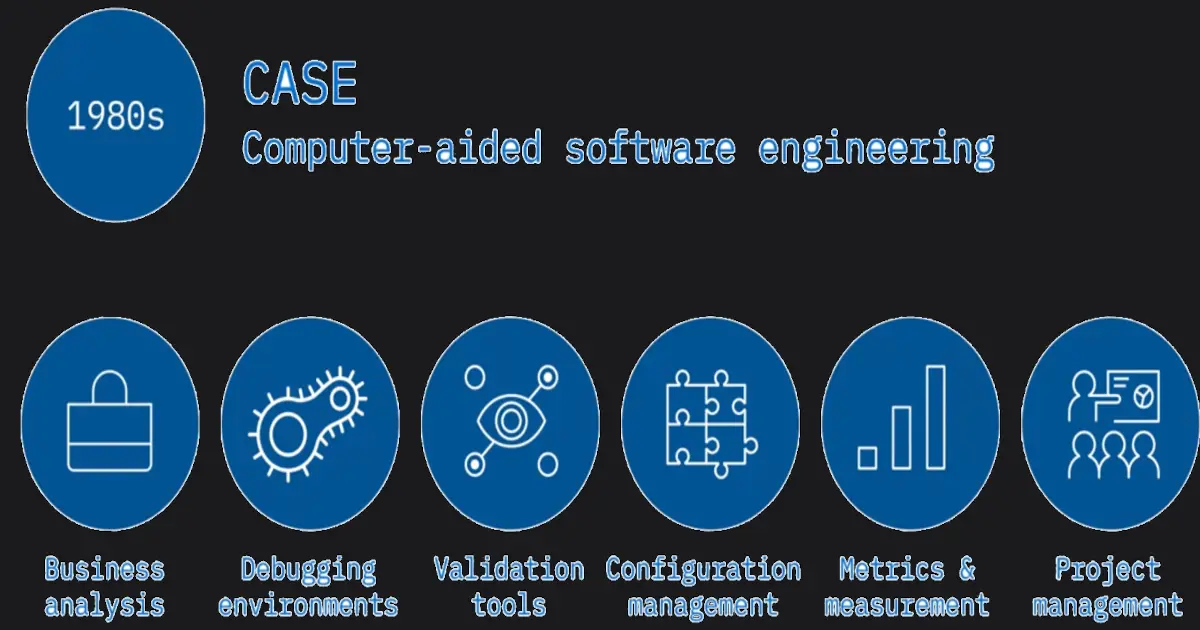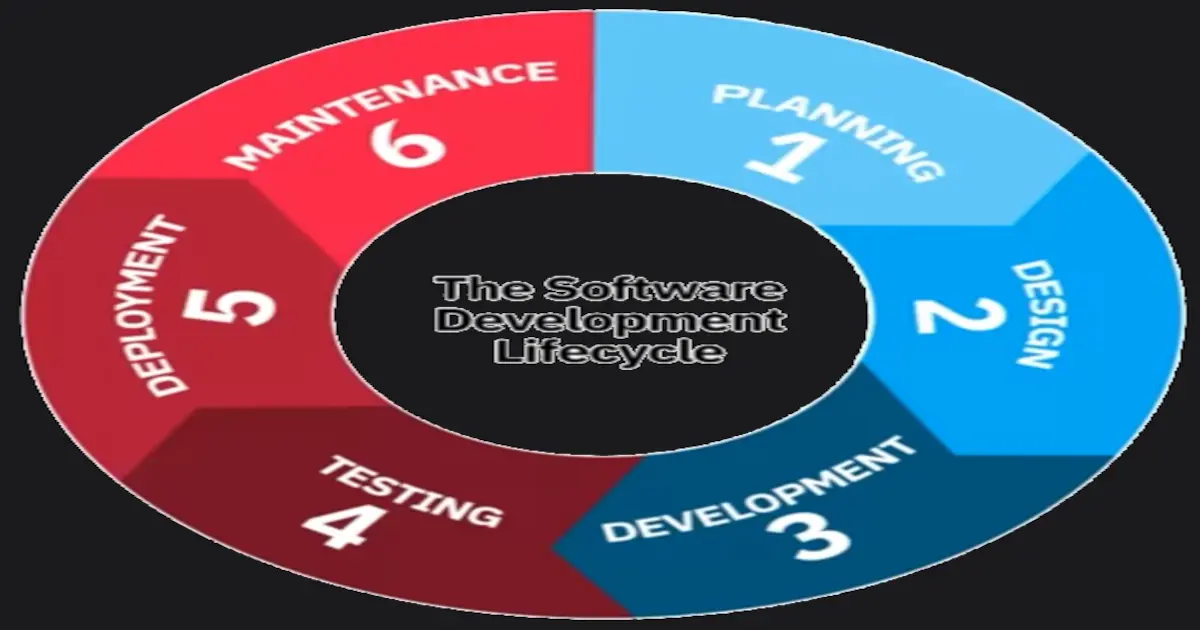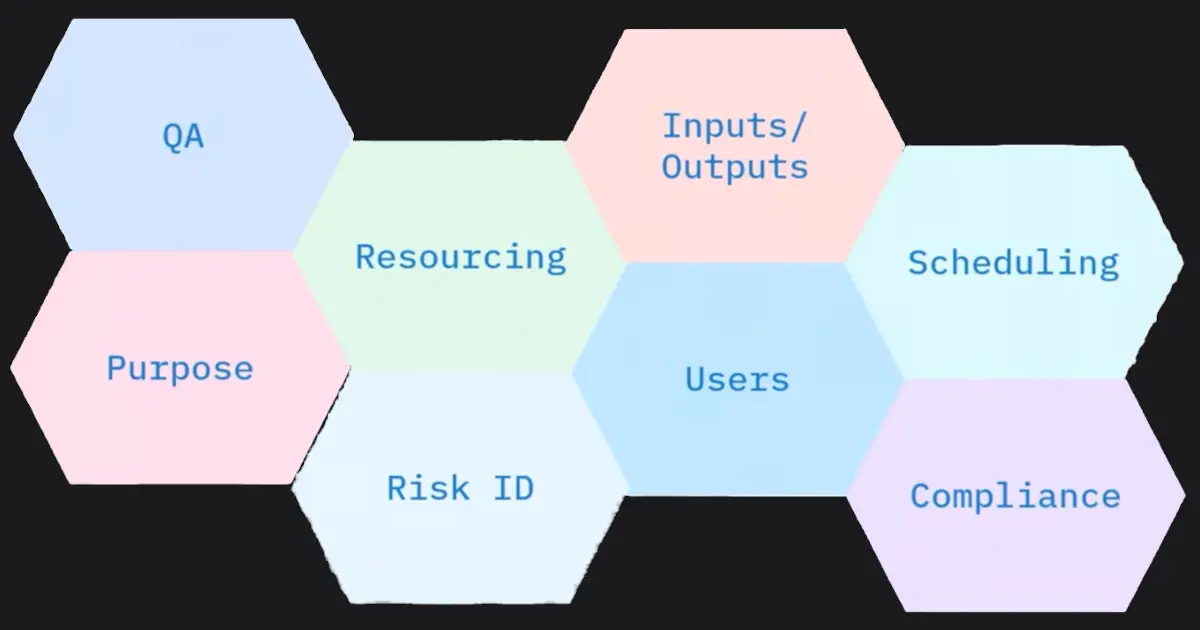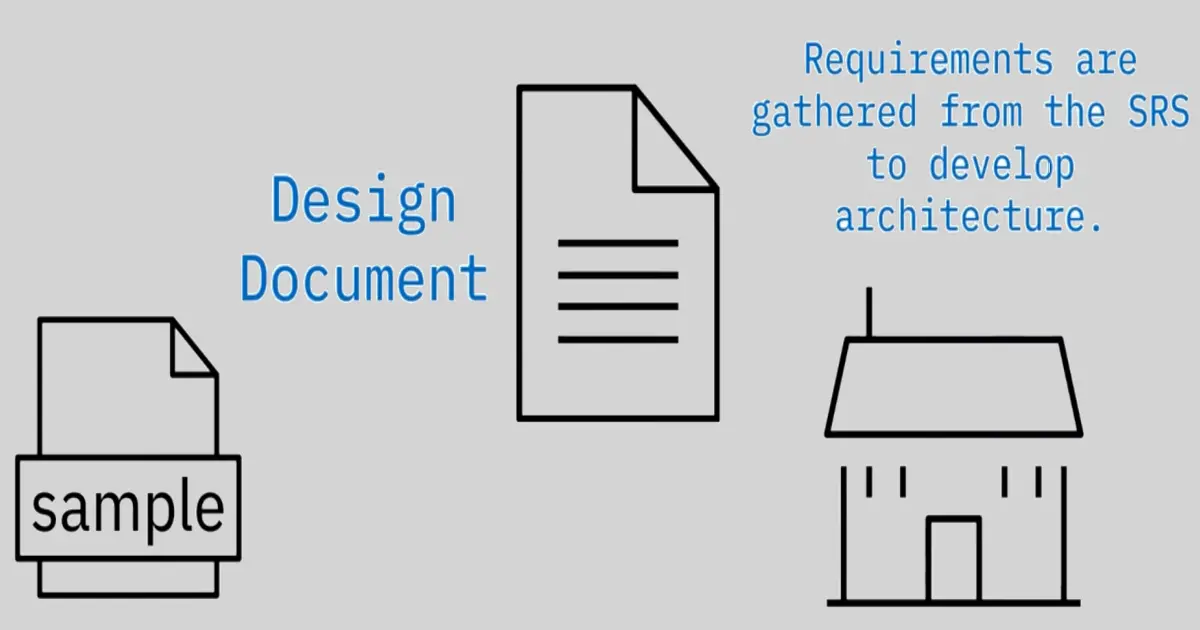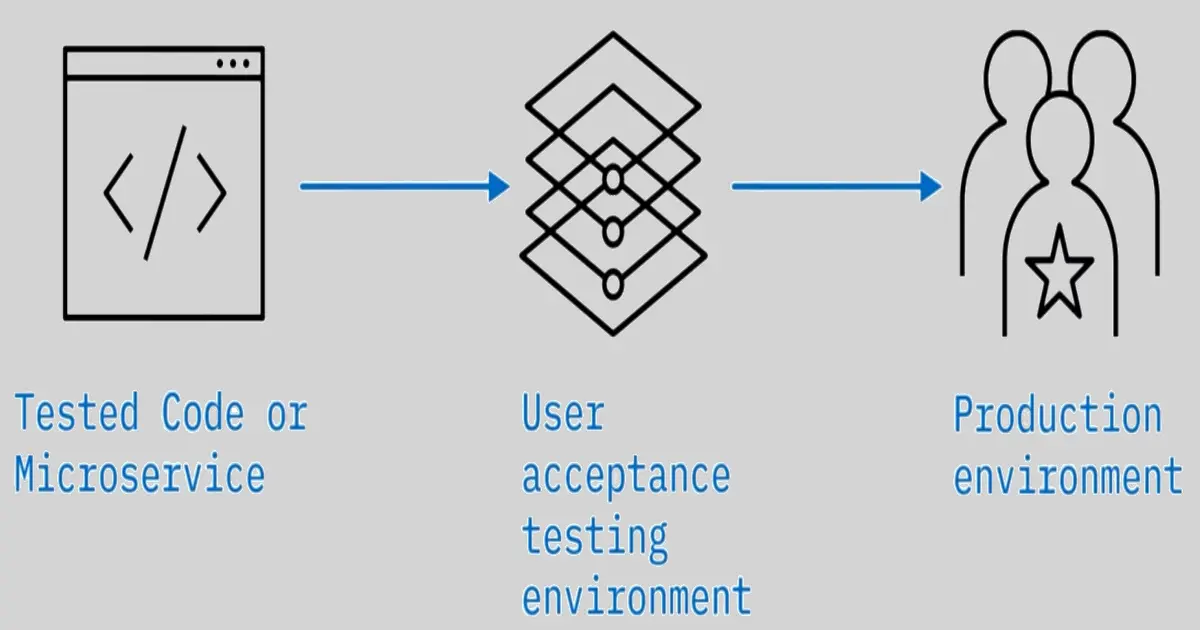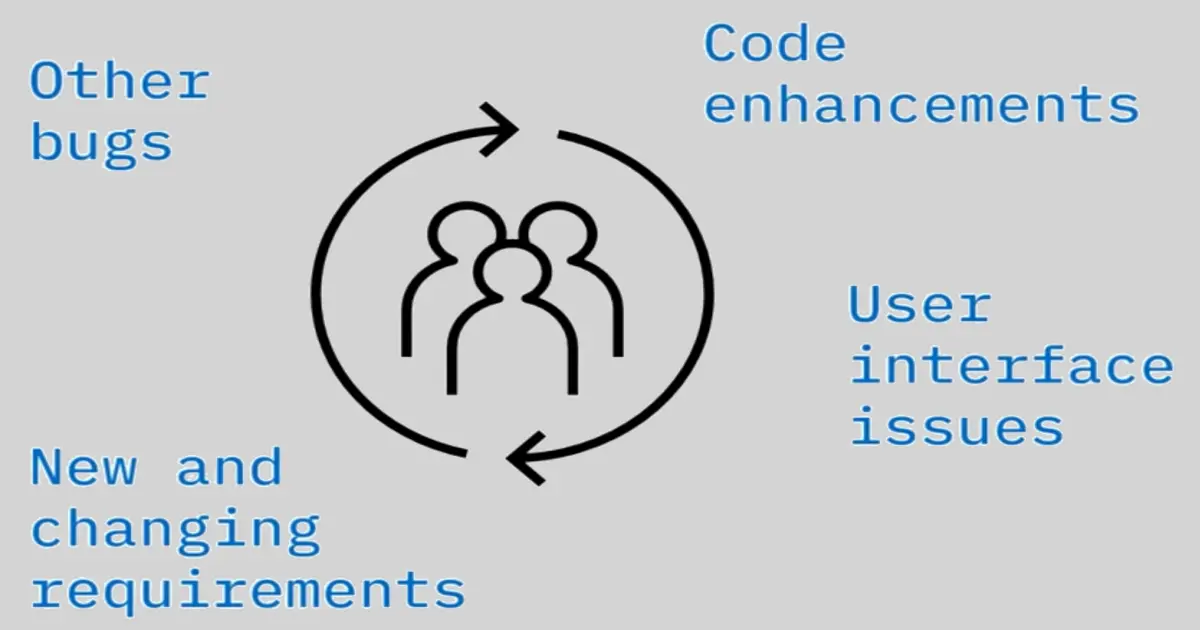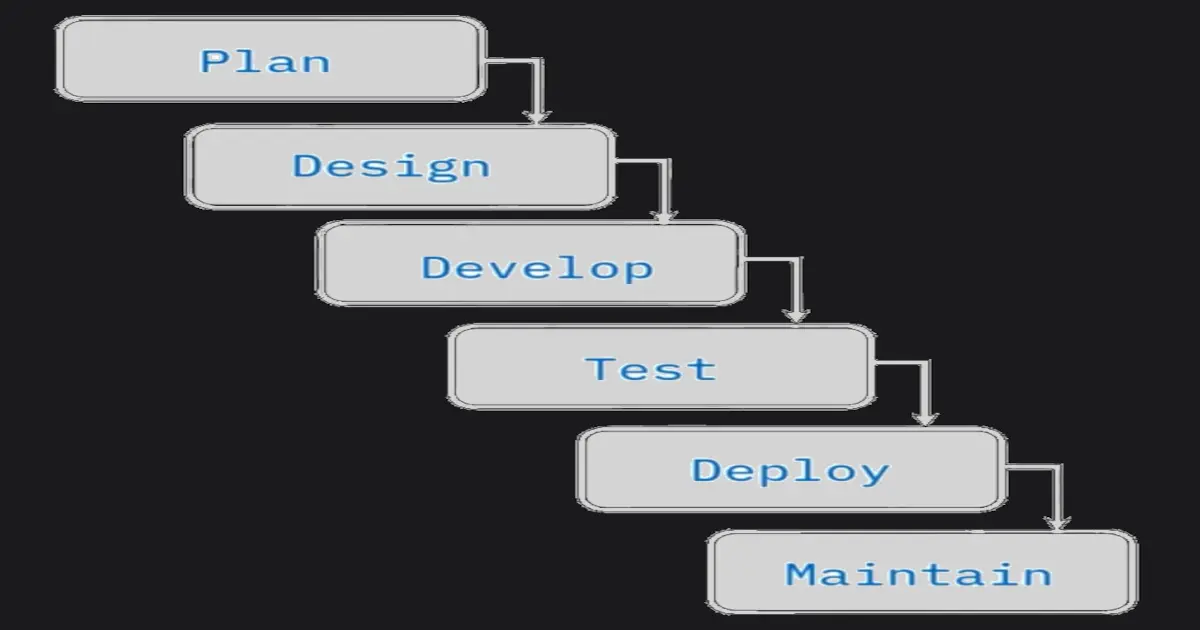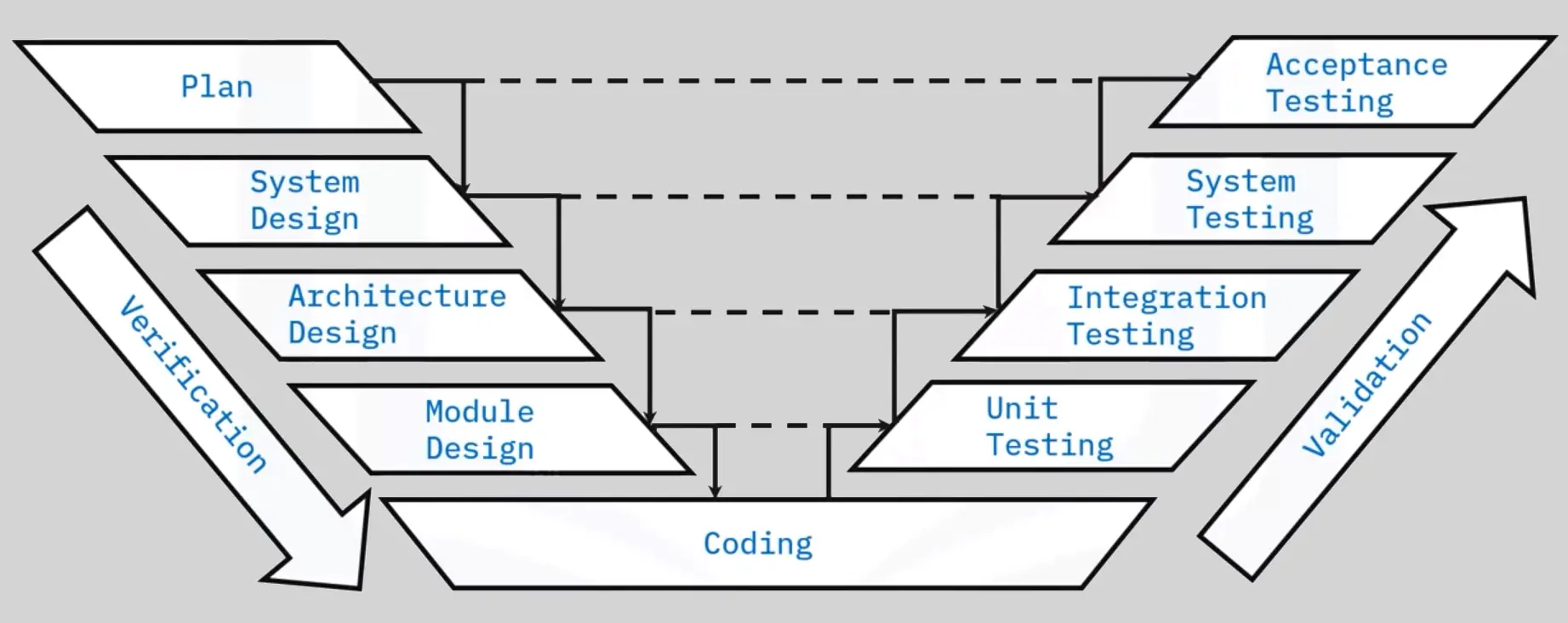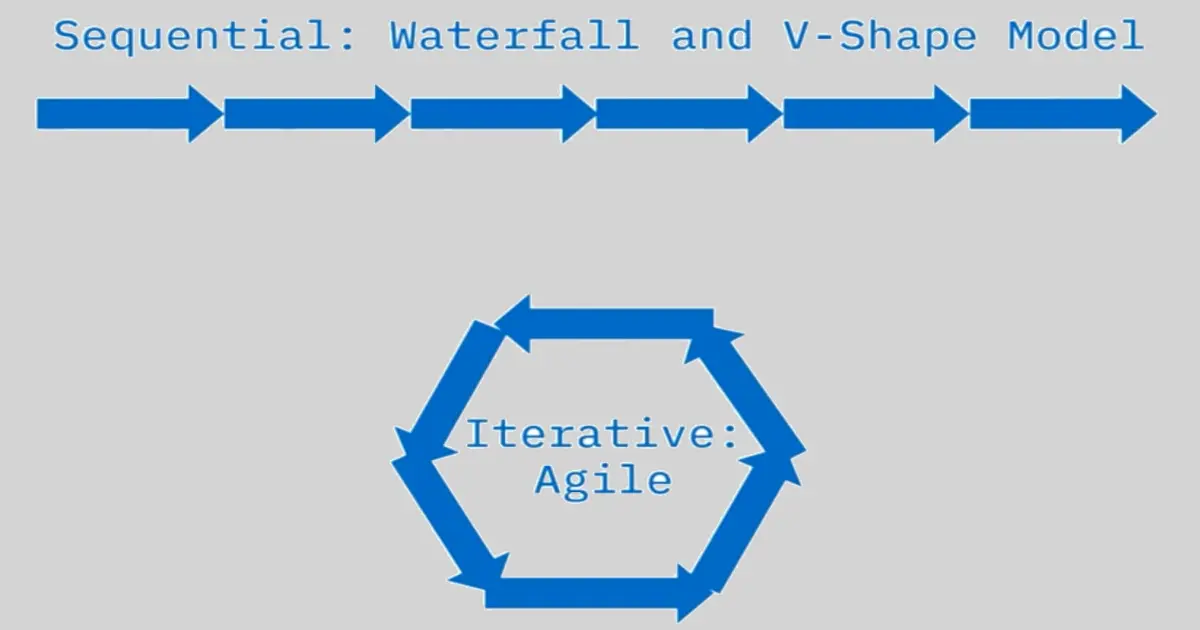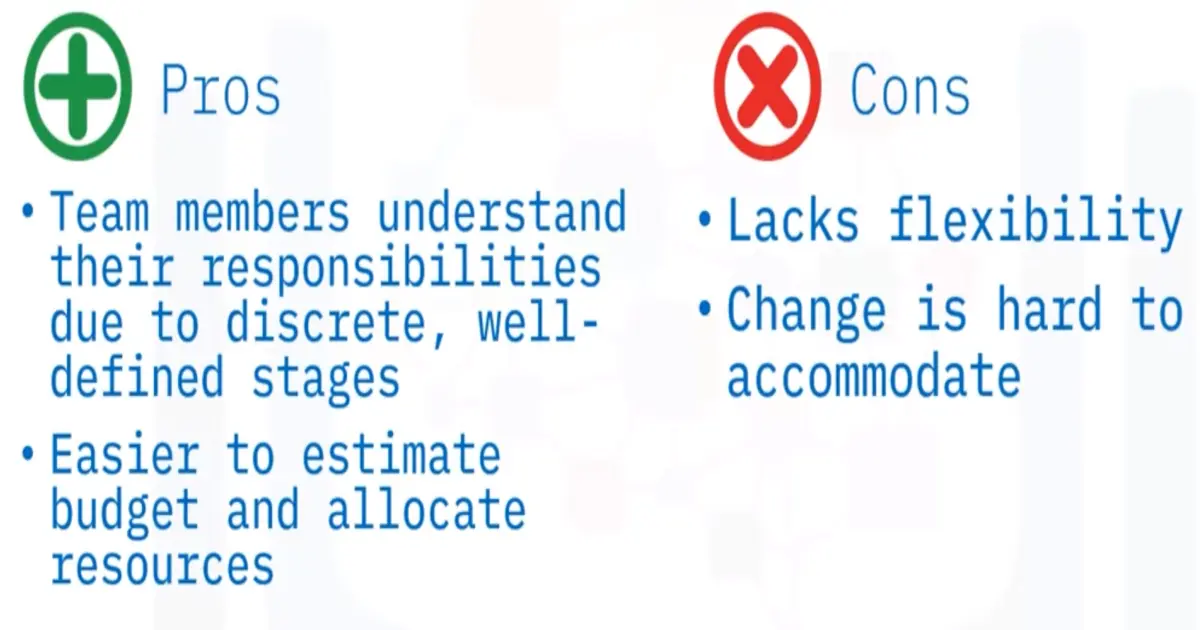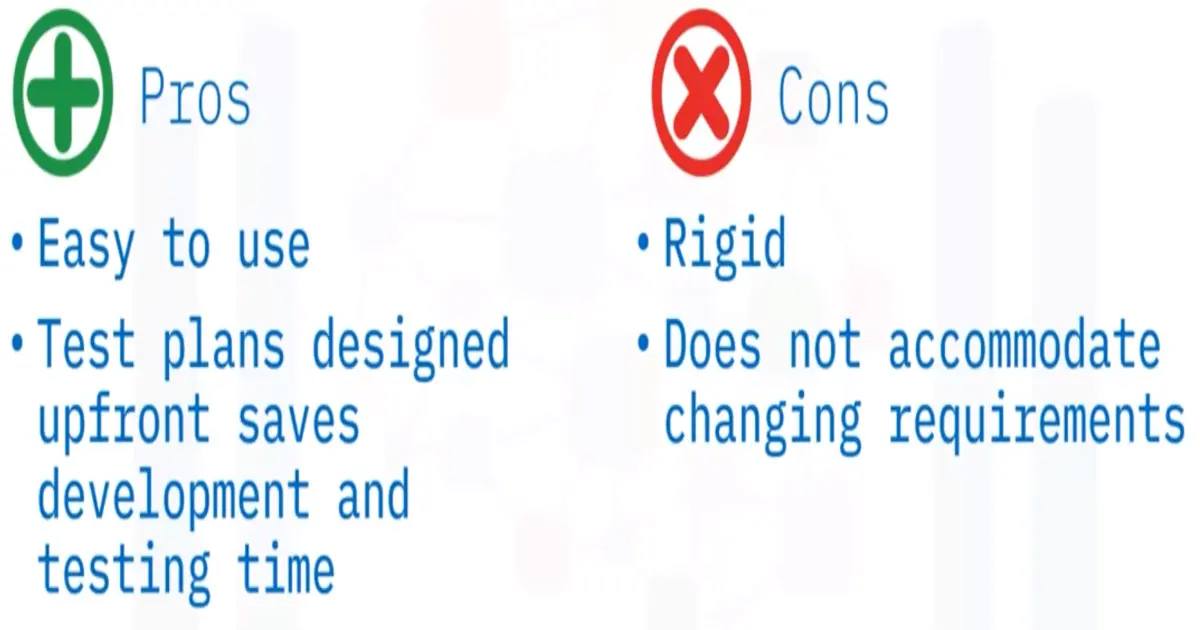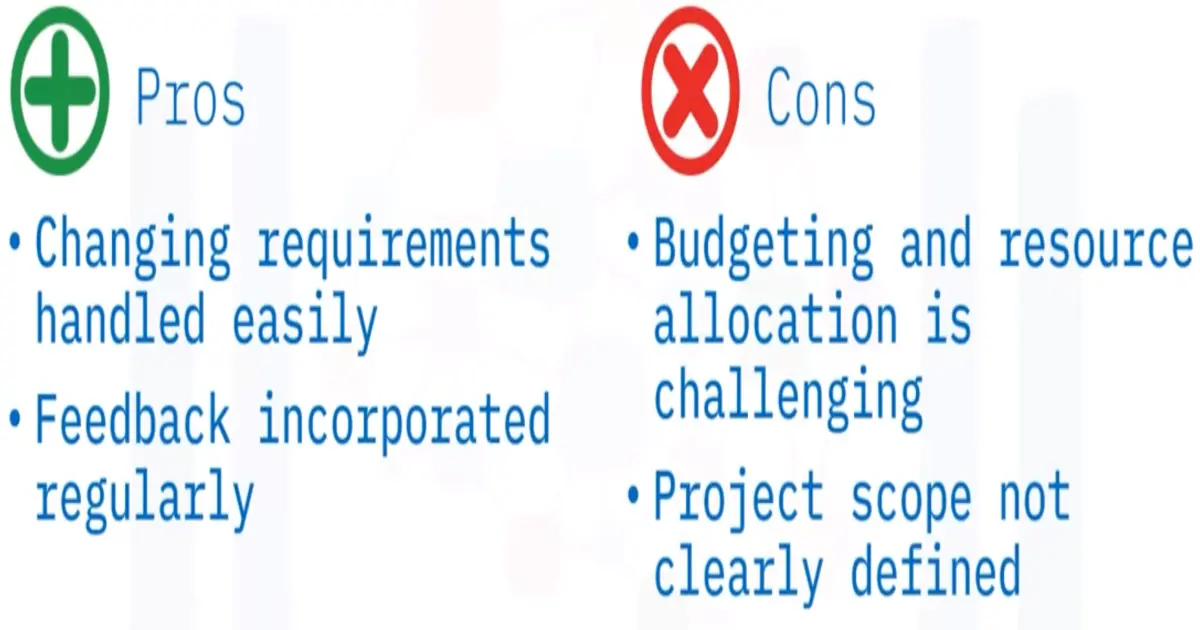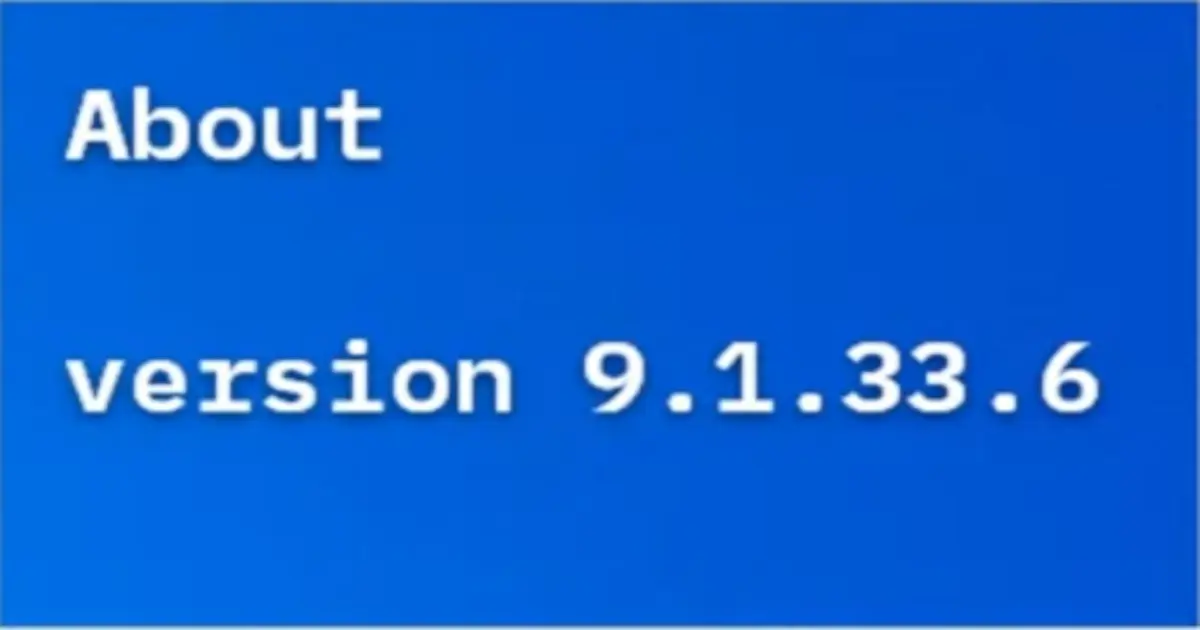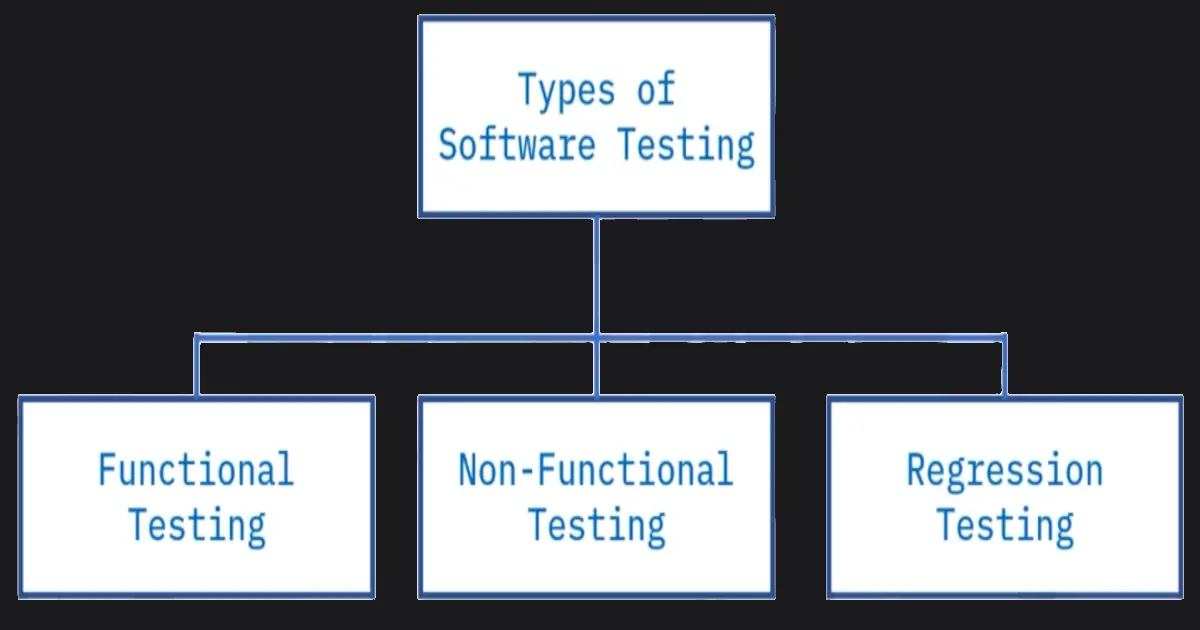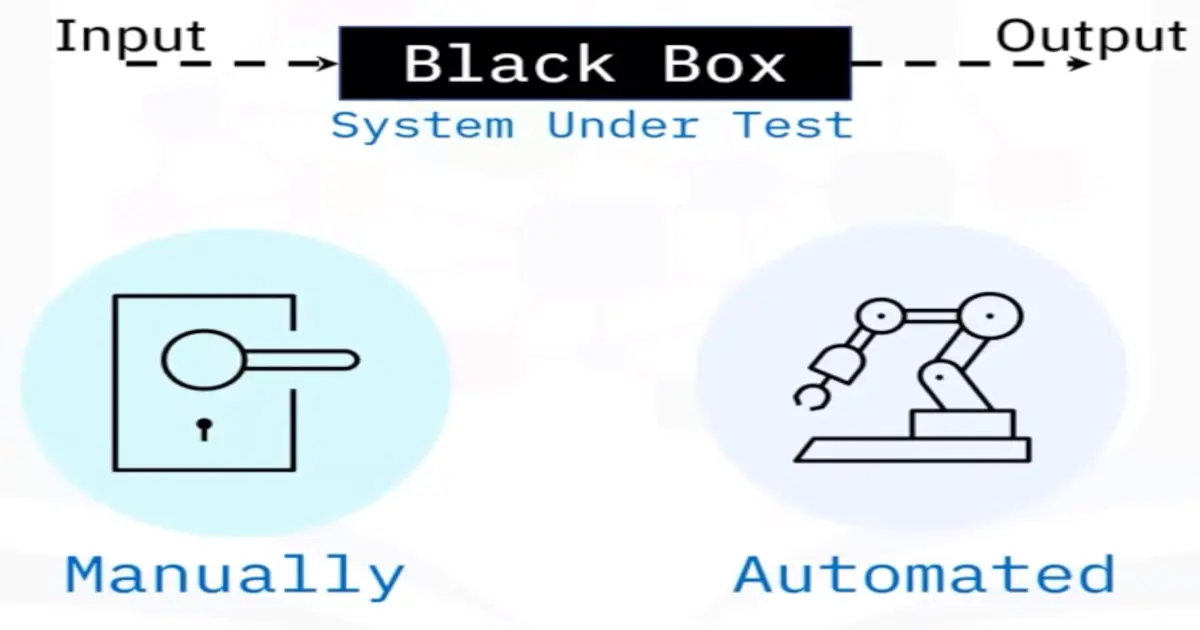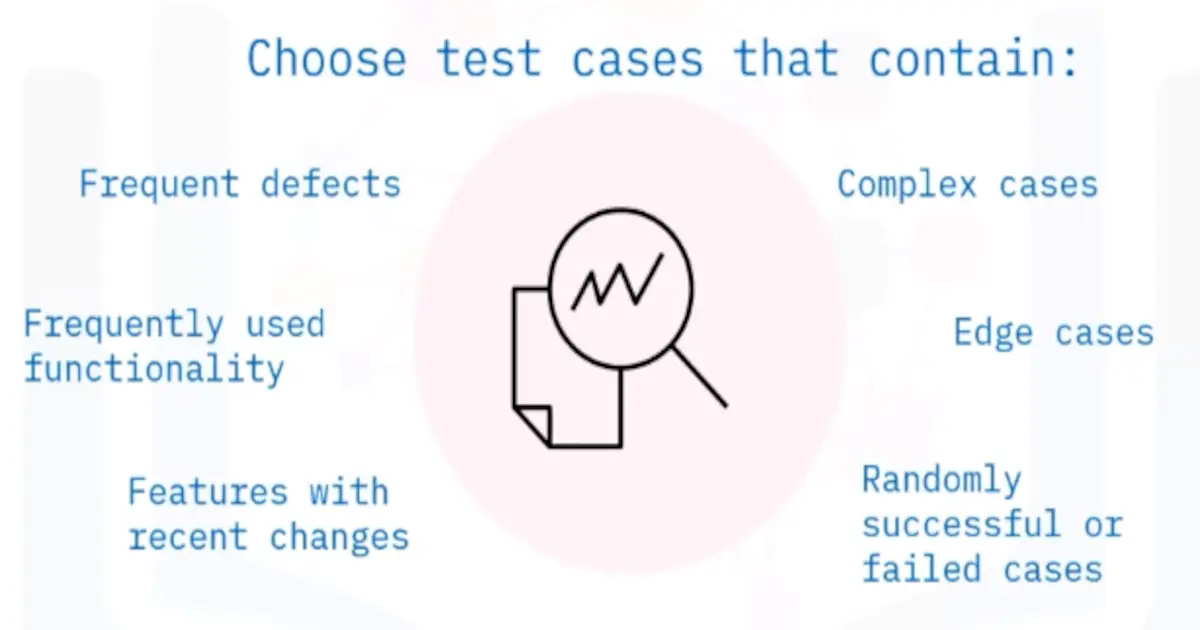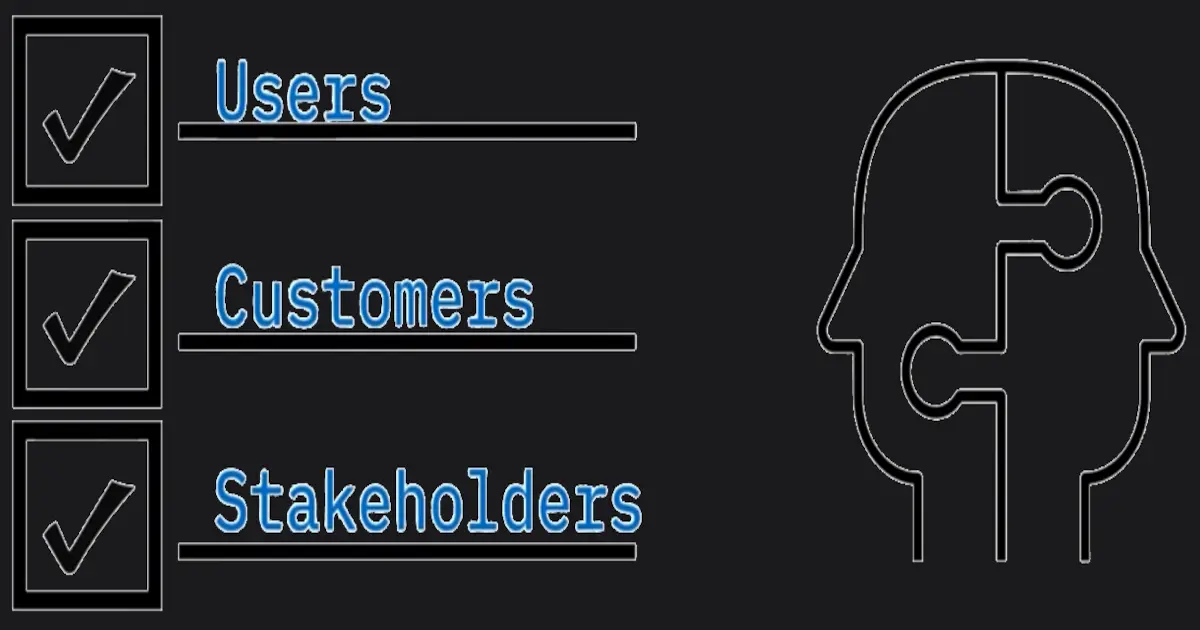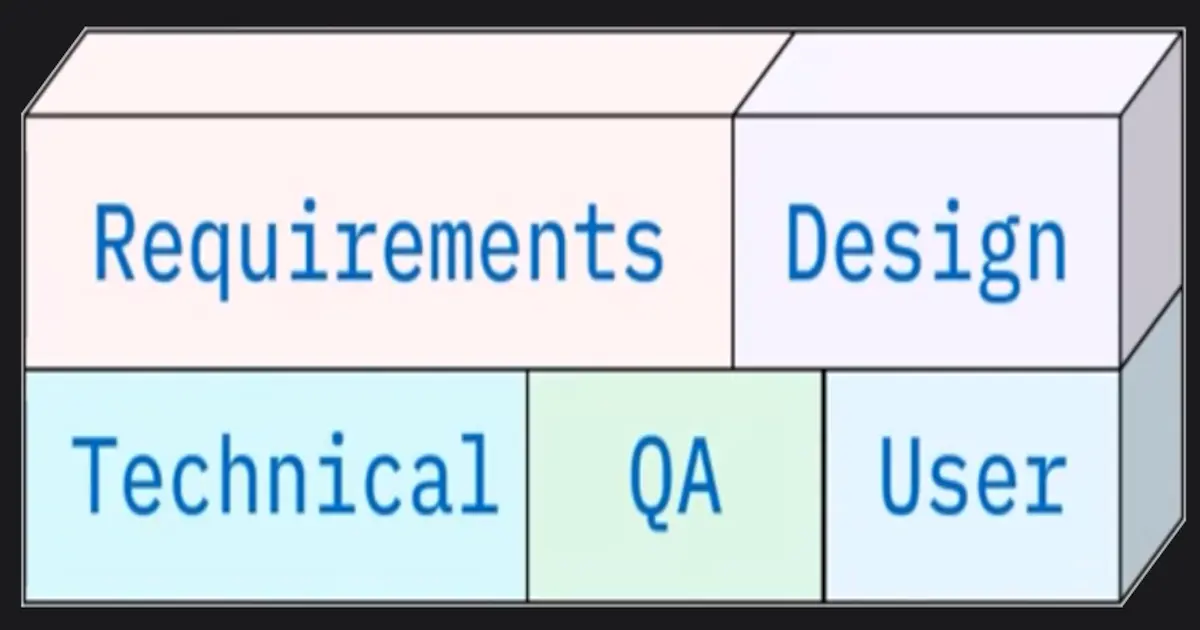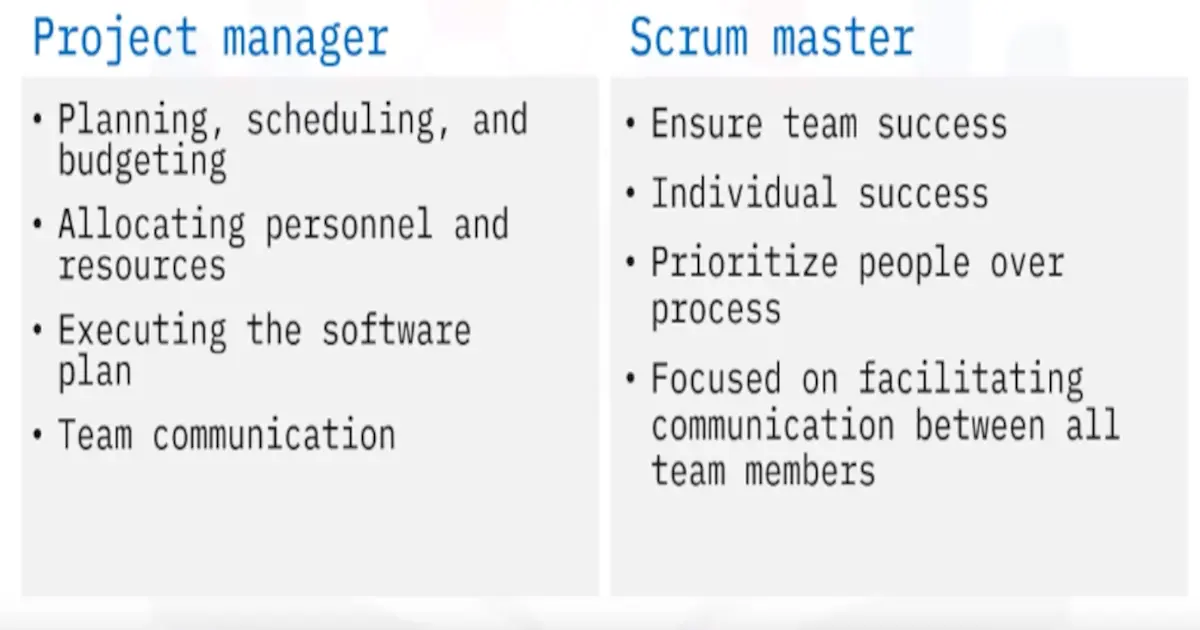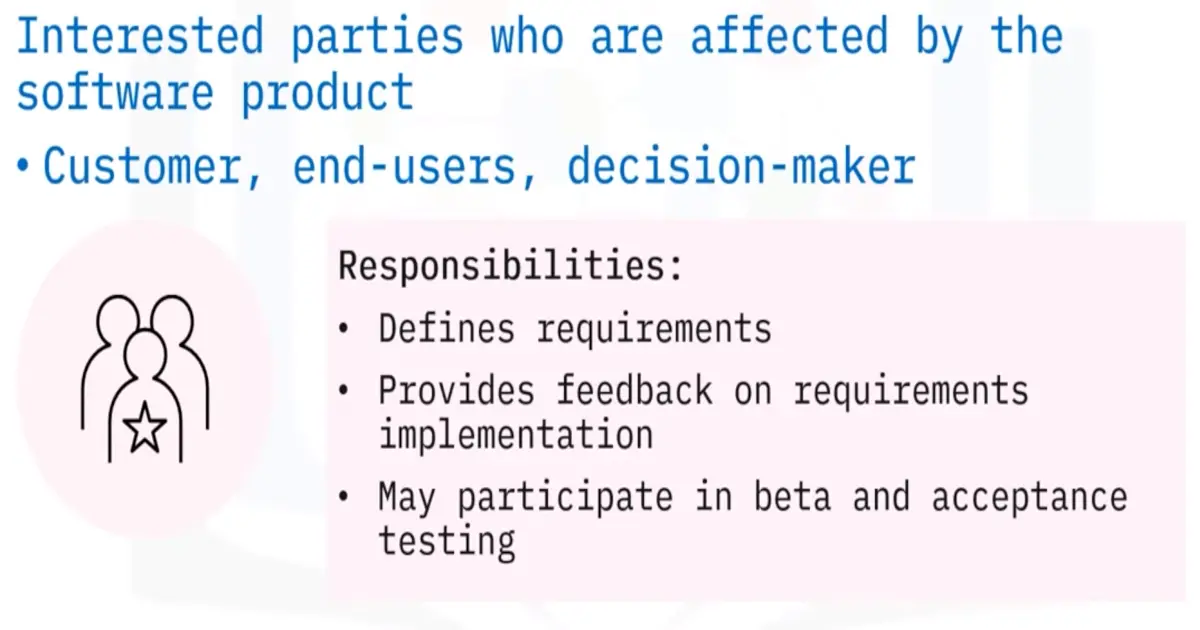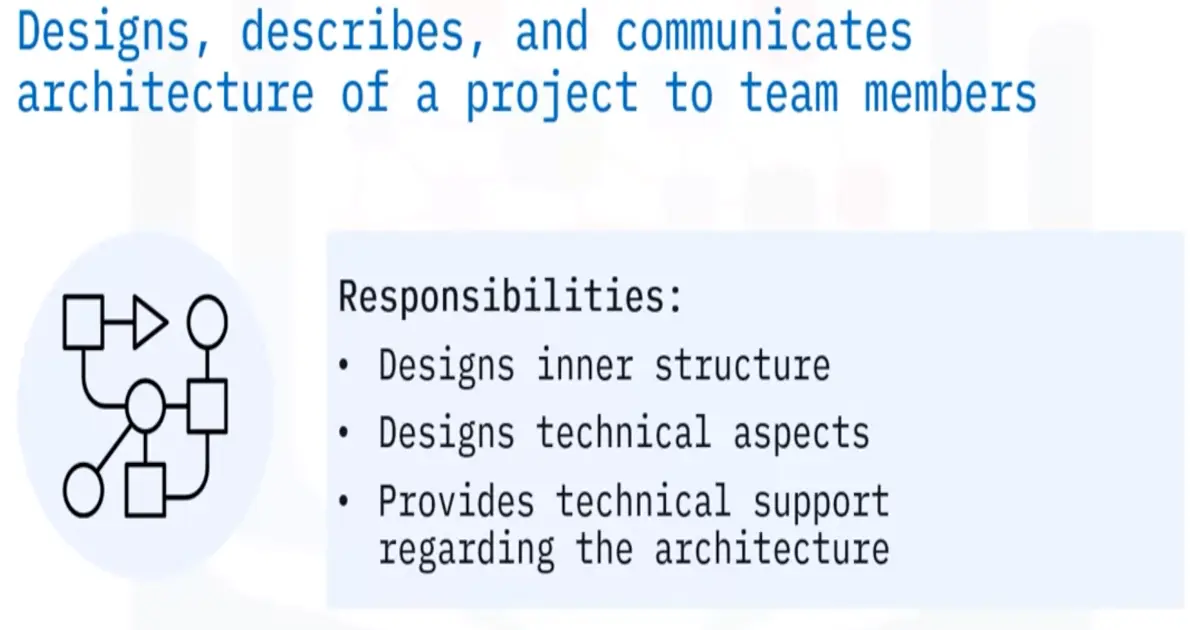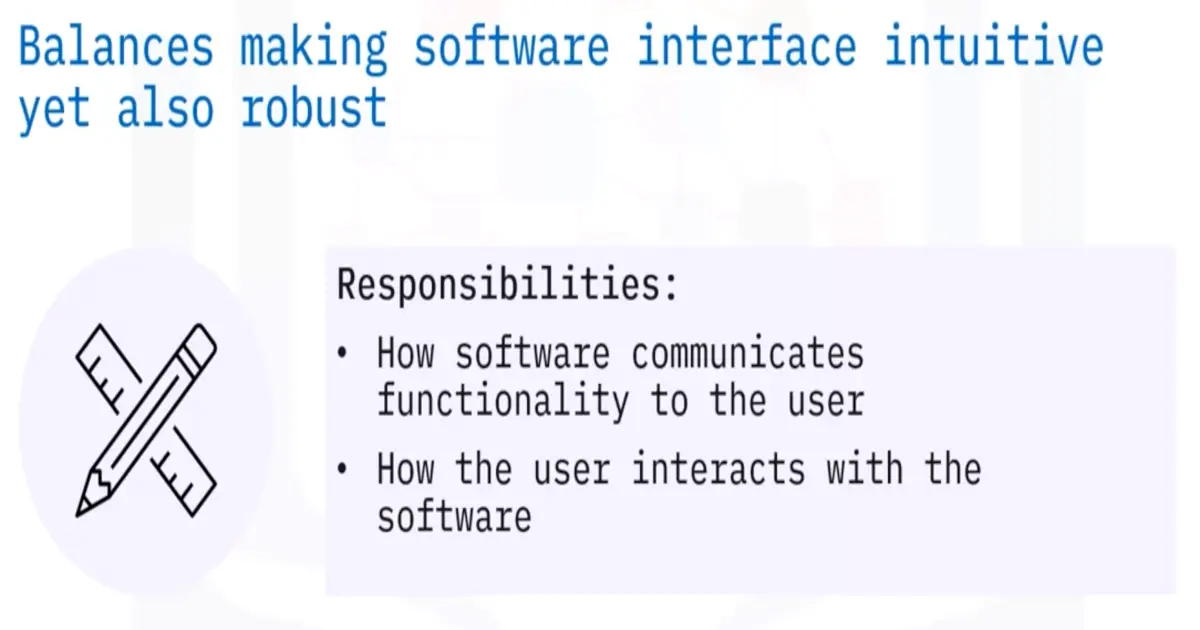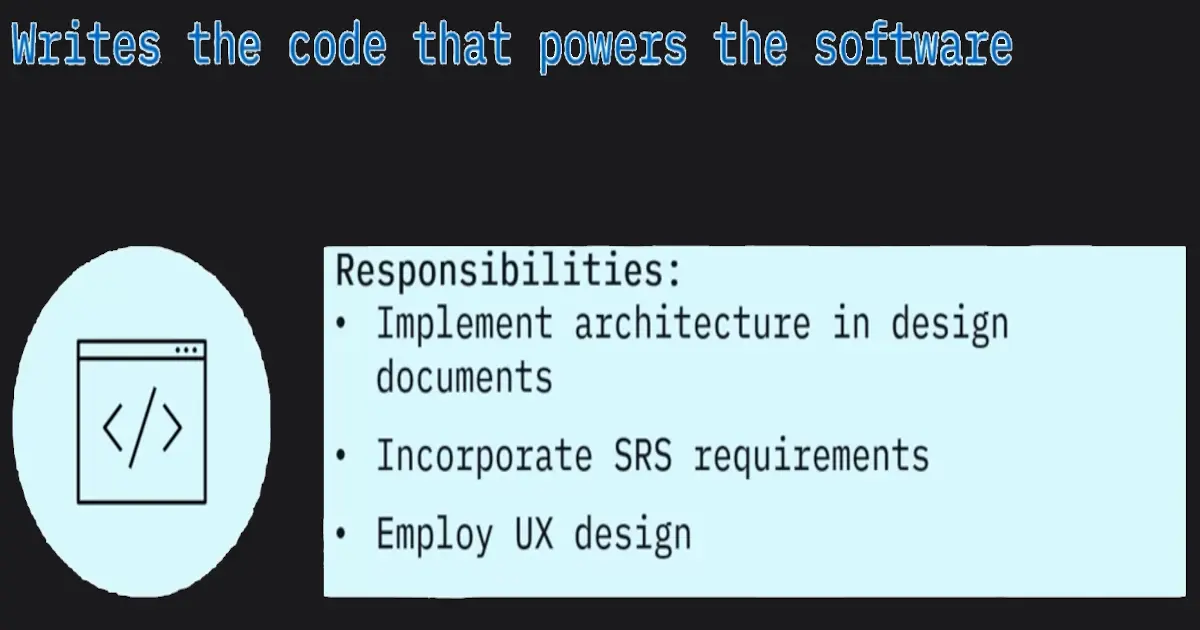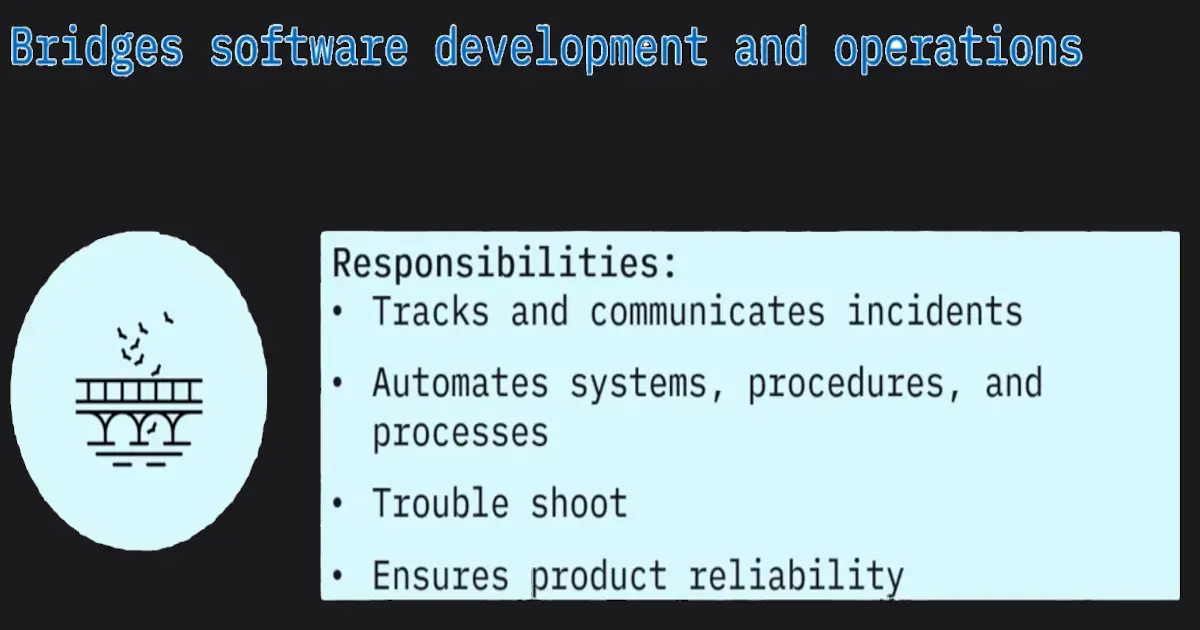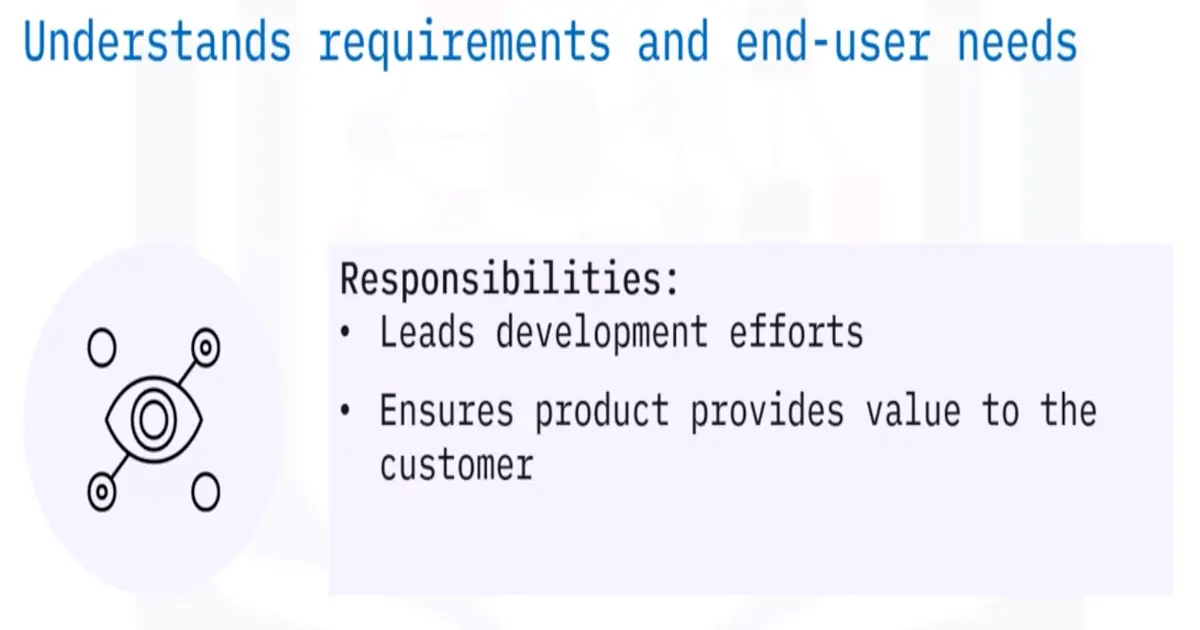SDLC - The Software Development Lifecycle
What is Software Engineering?
- Application of scientific principles for design and creation of software
- Systematic approach to software development
- Design
- Build
- Test
Software Crisis:
-
Began in mid-1960s
-
Resulted from software development that ran over budget and behind schedule with unmanageable and buggy code
-
By the time old software solutions were developed, the newer technologies got the traction, and code refactoring would become necessary
-
Solutions didn’t scale well to large projects
Engineering principles:
-
Resolved as standardized methods in software engineering and computer-aided software engineering (CASE) tools were developed
Software engineer vs. software developer:
| Engineer | Developer |
|---|---|
| Also developers | Narrower in scope than SE |
| Broad, big picture knowledge base | Creative approaches |
| Systematic development process | Write code to implement specific functionality and solve specific problems |
| Focus on structure |
SE responsibilities:
-
Design, build and maintain software systems
-
Write and test code
-
Consult with stakeholders, third party vendors’ security specialists, and other team members
Software Development Life Cycle (SDLC):
-
Scientific approach to software development
-
Guides the software development process
-
Identifies discrete steps needed to develop software
Introduction to SDLC
-
Systematic process to develop high-quality software
-
Aims to produce software that meets requirements
-
Defined phases with their own processes and deliverables
-
Cycle of planning, design, and development
-
Minimizes development risks and costs
History of the SDLC:
-
Conceived of in the mid-1960s
-
A deliberate approach needed to manage complex projects
-
Initially used the waterfall method
-
Adapted to use iterative methods
Advantages of the SDLC:
-
Improves efficiency and reduce risks
-
Team members know what they should be working on and when
-
Facilitates communication among stakeholders
-
Team members know when development can move to the next phase
-
Respond to changing requirements
-
Solve problems early in the process
-
Reduces overlapping responsibilities
Phases of the SDLC
- Organizations may have different names for each stage
- Some organizations have more or fewer stages
Phase 1: Planning
Requirements;
- Gathered
- Analyzed
- Documented
- Prioritized
Prototyping:
-
Small-scale replica to clarify requirements
-
Tests design ideas
-
Can be developed at various stages of the SDLC
Software Requirements Specification:
-
Requirements are documented in the SRS
-
All stakeholders must agree
Phase 2: Design
Phase 3: Development
Development starts when the design document is finalized and sent to the developers to write code for it.
Phase 4: Testing
-
Code is tested to ensure stability, security, and that it meets requirements from the SRS
-
Bugs reported, tracked, fixed, and retested
Some common tests:
-
Unit testing
-
Integration testing
-
System testing
-
Acceptance testing
Phase 5: Deployment
Phase 6: Maintenance
Building Quality Software
Common software engineering processes:
- Requirements gathering
- Design
- Coding for quality
- Testing
- Release
- Documenting
Requirement Gathering
-
The SRS encompasses the process of collecting and documenting the set of requirements that the software needs to adhere to
-
It may include a set of use cases that describe the business needs and user flows that the software must implement
Software requirements can be classified into four broad categories:
- Functionality
- External & user interface
- System features
- Non-functional
Design
- Transforming requirements into code
- Breaking down requirements into sets of related components
- Communicating business rules and application logic
Coding for quality
It refers to characteristics of the code, including attributes:
-
Maintainability
-
Readability
-
Testability
-
Security
Quality code must fulfill the intended requirements of the software without defects
-
Clean and consistent
-
Easy to read and maintain
-
Well documented
-
Efficient
Coding for quality entails a following set of coding practices during development;
-
Following coding standards
-
Using linters to detect errors
-
Commenting in the code itself to make it easy to understand and modify
Testing
The process of verifying that the software matches established requirements and is free of bugs
-
Identify errors, gaps, or missing requirements
-
Ensures reliability, security, performance, and efficiency
-
Software testing can often be automated or done manually
The types of testing are;
-
Unit testing
-
Integration testing
-
System testing
-
User acceptance testing (UAT) or Beta testing
Releases
| Alpha | Beta | General Availability |
|---|---|---|
| Select stakeholders | All stakeholders | Stable |
| May contain errors | User testing | All users |
| Preview of functioning version | Meets requirements | |
| Design changes may occur |
Documenting
System documentation:
README files, inline comments, architecture and design documents, verification information, and maintenance guides
User documentation:
User guides, instructional videos, manuals, online and inline help
Requirements
Steps to gathering requirements:
- Identifying stakeholders
- Establishing goals and objectives
- Eliciting requirements from the stakeholders
- Documenting the requirements
- Analyzing and confirming the requirements
- Prioritizing
1) Identifying stakeholders
Key personnel:
- Decision-makers
- End-users
- System administrators
- Engineering Marketing
- Sales
- Customer support
2) Establishing goals and objectives
Goals: broad, long-term achievable outcomes
Objectives: actionable, measurable actions that achieve the goal
3) Eliciting, documenting, confirming
Elicit:
-
Surveys
-
Questionnaires
-
Interviews
Document:
-
Align with goals and objectives
-
Easily understood
Confirm:
-
Consistency
-
Clarity
-
Completeness
4) Prioritizing
- Must-have
- Highly desired
- Nice to have
Requirements documentation:
- Software requirements specification (SRS)
- User requirements specification (URS)
- System requirements specification (SysRS)
1) Software requirements specification (SRS)
- Captures functionalities the software should perform
- Establishes benchmarks / service-levels for performance
- Purpose and scope
- Purpose
- Who has access to the SRS
- How it should be used
- Scope - Software benefits
- Purpose
- Constraints, assumptions, dependencies
- Constraints: how the software must operate under given conditions
- Assumptions: required OS or hardware
- Dependencies: on other software products
- Requirements
- Functional: functions of the software
- External interface: users and interactions with other hardware or software
- System features: functions of the system
- Non-functional: performance, safety, security, quality
2) User requirements specification (URS)
- Describe business need and end-user expectations
- User stories:
- Who is the user?
- What is the function that need to be performed?
- Why does the user want this functionality?
- Confirmed during user acceptance testing
- Often combined into the SRS
3) System Requirements Specification (SysRS)
- Outlines requirements of the system
- Broader than an SRS
- Contains;
- System capabilities
- Interface and user characteristics
- Policy
- Regulation
- Personnel
- Performance
- Security
- System acceptance criteria
- Hardware expectations
The Software Building Process and Associated Roles
Software Development Methodologies
Common development methodologies:
A process is needed to clarify communication and facilitates information sharing among team members.
Some of these methodologies are:
- Waterfall
- V-shape model
- Agile
Sequential vs. iterative:
Waterfall pros and cons
V-shape model pros and cons
Agile pros and cons
Software Versions
-
Software versions are identified by version numbers, indicate:
- When the software was released
- When it was updated
- If any minor changes or fixes were made to the software
-
Software developers use versioning to keep track of new software, updates, and patches
Version numbers:
-
Version numbers can be short or long, with 2, ,3, or 4 set
-
Each number set is divided by a period
-
An application with a 1.0 version number indicates the first release
-
Software with many releases and updates will have a larger number
-
Some use dates for versioning, such as Ubuntu Linux version 18.04.2 released in 2018 April, with a change shown in the third number set
What do version numbers mean?
Some version numbers follow the semantic numbering system, and have 4 parts separated by a period
-
the first number indicates major changes to the software, such as a new release
-
The second number indicates that minor changes were made to a piece of software
-
The third number in the version number indicates patches or minor bug fixes
-
The fourth number indicates build numbers, build dates, and less significant changes
Version compatibility:
- Older versions may not work as well in newer versions
- Compatibility with old and new versions of software is a common problem
- Troubleshoot compatibility issues by viewing the software version
- Update software to a newer version that is compatible
- Backwards-compatible software functions properly with older versions of files, programs, and systems
Software Testing
- Integrate quality checks throughout SDLC
- Purpose
- Ensure software meets requirements
- Error-free software
Test cases:
Three types of testing:
- Functional testing:
The purpose of functional is to check:
- Usability
- Accessibility
- Non-functional testing
Its attributes are:
- Performance
- Security
- Scalability
- Availability
Non-functional testing questions:
- How does the application behave under stress?
- What happens when many users log in at the same time?
- Are instructions consistent with behavior?
- How does the application behave under different OSs?
- How does the application handle disaster recovery?
- How secure is the application?
- Regression Testing
- Confirms changes don’t break the application
- Occurs after fixes such as change in requirements or when defects are fixed
Choosing test cases for regression testing:
Testing levels
Unit → Integration → System → Acceptance
- Unit testing
- Test a module code
- Occurs during the build phase of the SDLC
- Eliminate errors before integration with other modules
- Integration testing
- Identify errors introduced when two or more modules are combined
- Type of black-box test
- Occurs after modules are combined into larger application
Purpose of integration testing:
- System testing
- Compliance with SRS
- Validate the system
- Functional and non-functional
- Staging environment
- Acceptance testing
Software Documentation
-
Written assets
-
Video assets
-
Graphical assets
Product vs. process documentation:
Product Documentation Process Documentation Relates to product functionality Describes how to complete a task
Types of product documentation
- Requirements documentation
Intended for the development team including developers, architects, and QA. Describes expected features and functionality.
It includes:
- SRS
- SysRS
- User acceptance specification
- Design documentation
Written by architects and development team to explain how the software will be built to meet the requirements.
- Consists of both conceptual and technical documents
- Technical documentation
Written in the code to help developers read the code:
- Comments embedded in code and working papers that explain how the code works, documents that record ideas and thoughts during implementation
- Quality Assurance documentation
Pertains to the testing team’s strategy progress, and metrics:
- Test plans, test data, test scenarios, test cases, test strategies, and traceability matrices
- User documentation
Intended for end-users to explain to operate software or help install and troubleshoot system:
- FAQs, installation and help guides, tutorials, and user manuals
Standard operating procedures
- Accompanies process documentation
- Step-by-step instructions on how to accomplish common yet complex tasks
- Ex: organization specific instructions for check in code to a repository
- Types of SOPs
- Flowcharts
- Hierarchical
- Step-by-step
Updating documentation
- Must be kept up-to-date
- Documentation should be reviewed and updated periodically
Roles in Software Engineering Projects
- Project manager / Scrum master
- Stakeholders
- System / software architect
- UX Designer
- Developer
- Tester / QA engineer
- Site reliability / Ops engineer
- Product manager / Product owner
- Technical writer / Information developer
